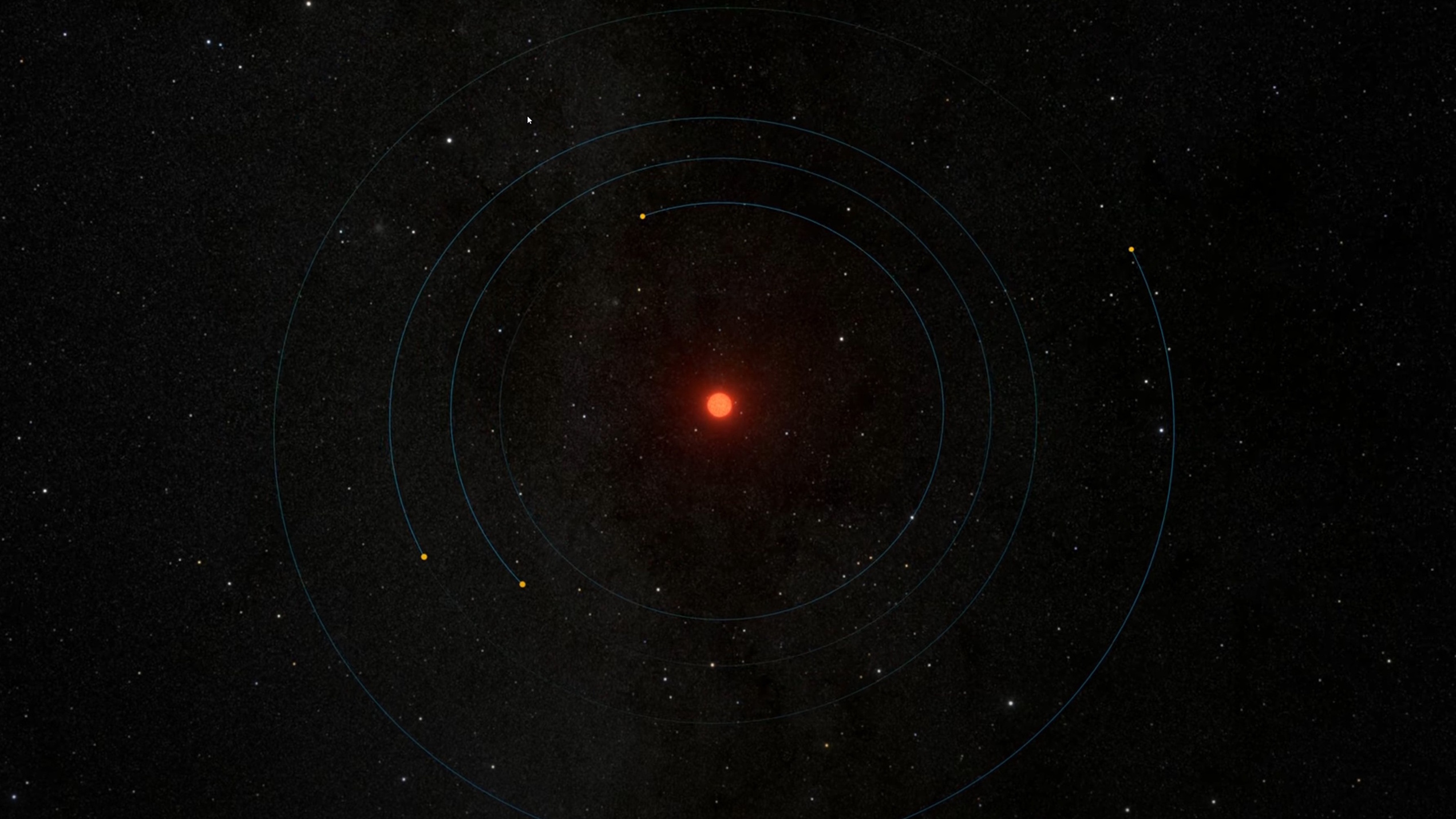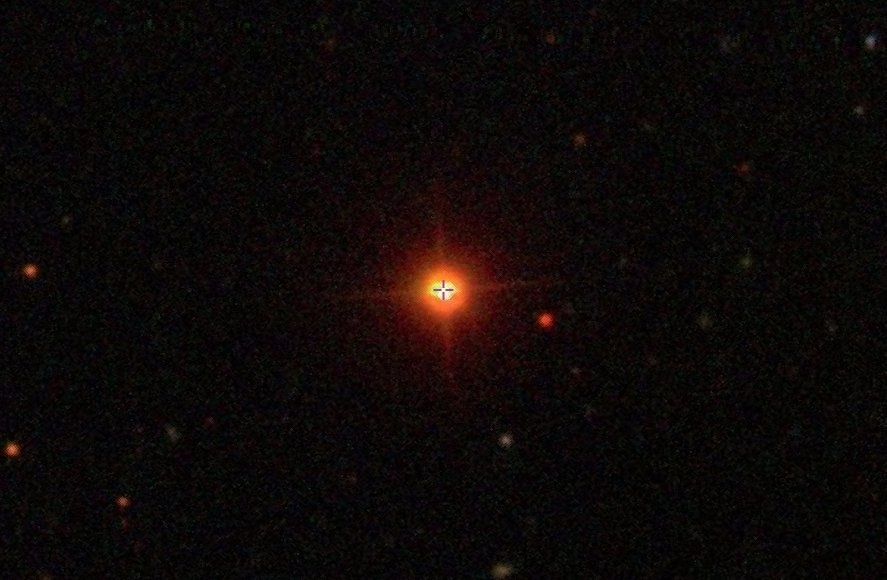Kepler Exoplanet Data Now Easily Available To Everyone

What’s the Latest Development?
From now on, all exoplanet sightings by the Kepler observatory will be posted directly online for anyone to see via the new NASA Exoplanet Archive Web site. Previous procedures for posting data required a long planet confirmation process; now, says Kepler team member Steve Howell, the day his team gets it, the archive gets it, which means everyone gets it. Plus, “if we, or a community person, makes an observation and says, ‘Hey, I looked at this planet candidate but it’s really an eclipsing binary,’ then that entry in the archive will be changed.” For each of the almost 2,300 planet candidates discovered and investigated so far, the archive contains information about its size, orbital period, and other metrics.
What’s the Big Idea?
Making Kepler’s data publicly available enables scientists to do their job more quickly. So far, only 100 of the candidates have been confirmed as planets, but it’s estimated that at least 80 percent could be planets, and having many other eyes poring through the information is invaluable. Prior to the launch of the new site, the Planet Hunters amateur astronomer collective discovered 42 new planets on their own using existing public data. Howell says, “The entire world can help us…I don’t see any downside.”
Photo Credit: Shutterstock.com





